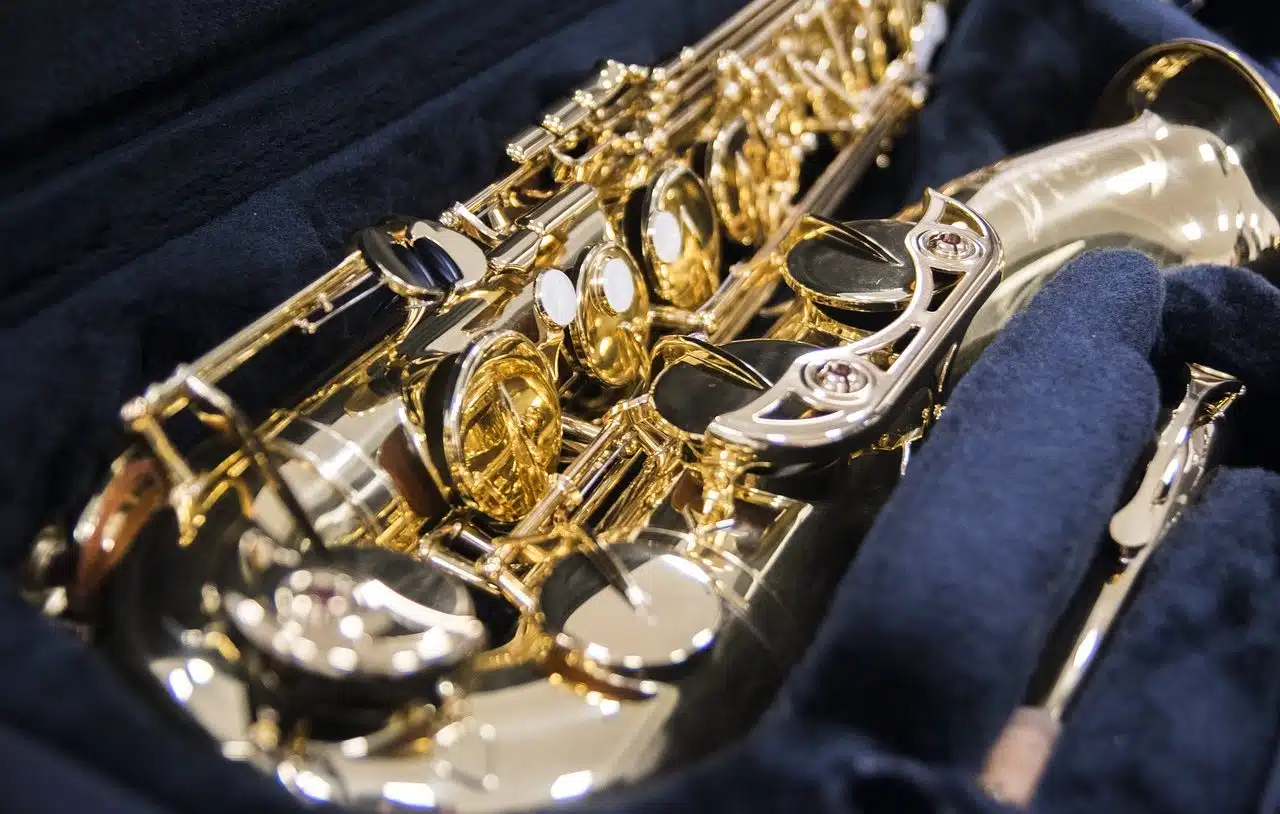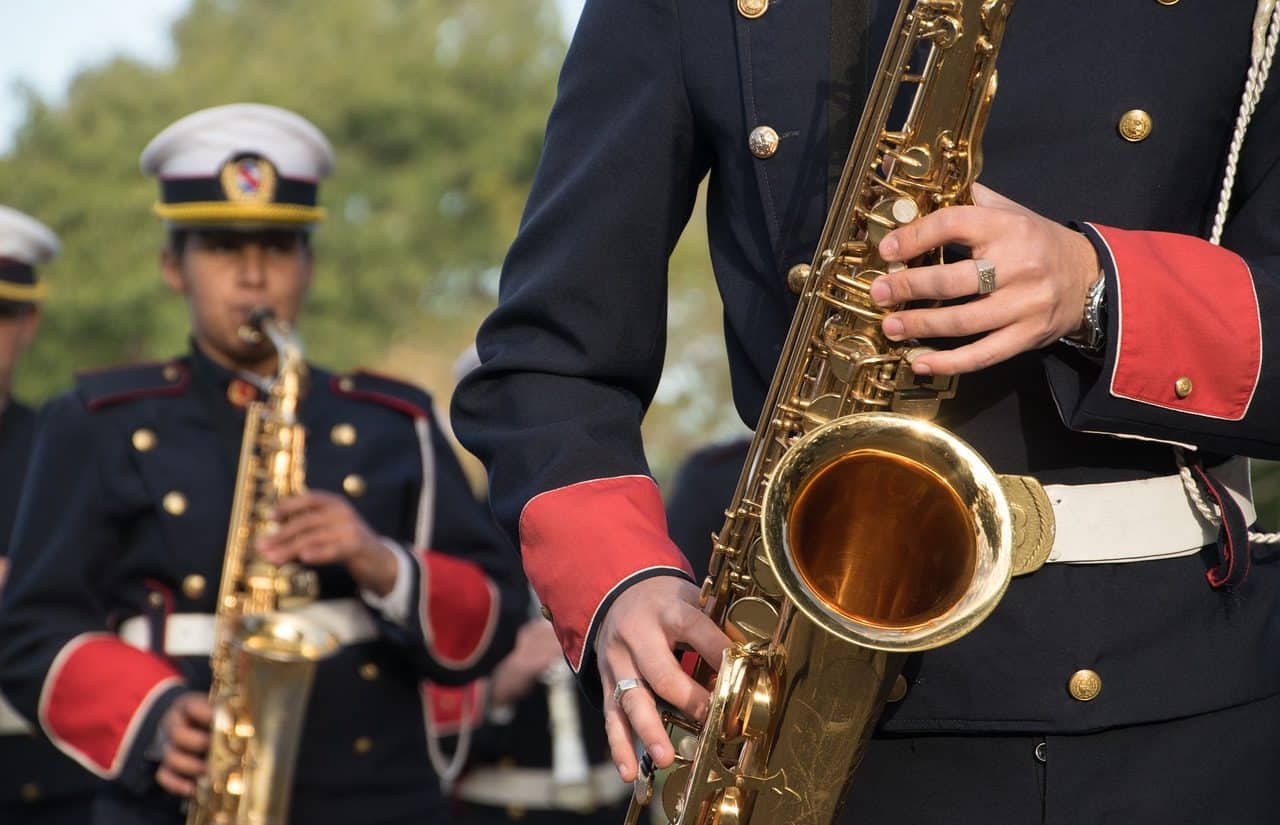
The saxophone is a woodwind instrument.
A saxophone is a musical instrument . Its name is associated with the person who invented it: the Belgian Adolphe Sax ( 1814 – 1894 ), who made an invaluable contribution to the world of music. The name of this instrument in French ( saxophone ) unites the surname of its creator ( Sax ) with the concept phone ( "sound" ).
As expected, Sax had a very close relationship with music , since he was a clarinetist. It is believed that, from this instrument, he developed the saxophone, which is often popularly known as sax and, in some countries , is also called saxophone .
Saxophone Features
The saxophone and clarinet therefore share several characteristics. These are instruments that have a mouthpiece attached to a simple reed and are usually made of brass , an alloy of zinc and copper characterized by its malleability and ductility, in addition to its yellow color and the ease with which it can be polished. .
Shaped like a conical tube widened at the end, each saxophone has at least twenty tone holes and two octave keys. The holes have pads that, according to the fingering of the instrument, close or open them.
Typically, the saxophone is used to play jazz or blues pieces. It is also often used in military bands . Among the best-known saxophonists in history, we can mention Charlie Parker , John Coltrane and Kenny G.

The saxophone is usually part of military bands.
Classification according to type
Depending on the tuning of the instrument, it is possible to talk about different types of saxophones.
The baritone saxophone has the lowest register and is tuned to E flat . The alto saxophone , for its part, is an octave lower than the baritone saxophone. The tenor saxophone (tuned in B flat ), the soprano saxophone (an octave higher than the tenor saxophone) and the sopranino saxophone (infrequently used) are other types of saxophone.
These differences are very important, and must be taken into account before starting to learn to play this instrument, to choose the type most appropriate to our needs and tastes . In addition to the tuning and the style we want to play, it is essential to pay attention to another factor: the size of the saxophone, something that also happens, for example, with the violin.
Buying a saxophone
The saxophone is an instrument that is not very accessible financially, which is why it is not always advisable to rush to buy one before having verified that we have the necessary vocation to dedicate a large part of our life to the study of technique . Mastering an instrument is a task that is never completed, just as it happens with any other discipline: the more experience and skill, the more new, increasingly complex challenges arise. Fortunately, it's relatively easy to find music stores that offer the option to rent a saxophone.
Regarding the parts of the saxophone, not all of them are always included in a package , which is why it is very important to obtain adequate advice before investing money. The Internet is the space where all the necessary information is found, but it is also the most overwhelming for beginners, and that is why it is preferable to speak directly with a person experienced in the subject.
One of the parts that may not be included with the instrument but is essential for playing is the mouthpiece , and its availability in stores is directly proportional to the rarity of the type of saxophone we have chosen. On the other hand, it is important not to opt for the cheapest one or believe that only the professional ones are valid, reasoning that also applies when buying the instrument: at the beginning it is preferable to look for the highest quality at the most affordable price , since there will always be time to level up once we can honor him with our interpretations .
